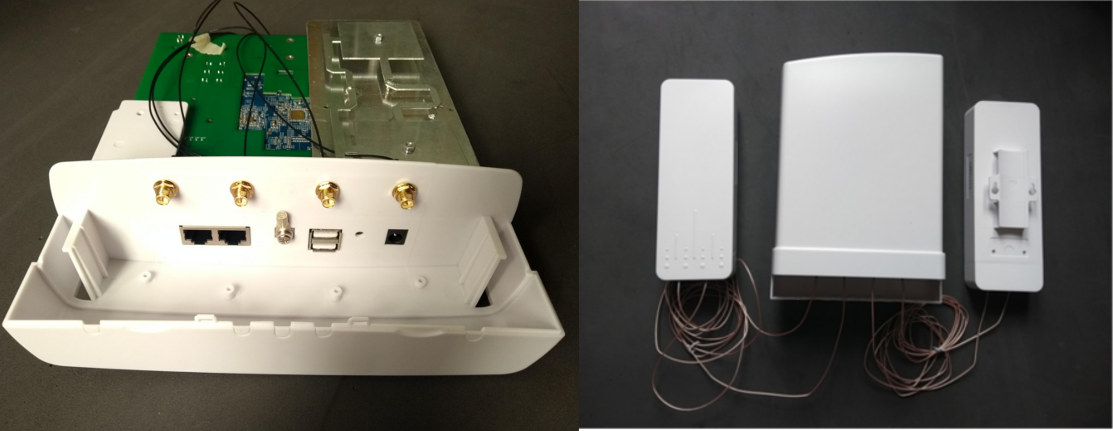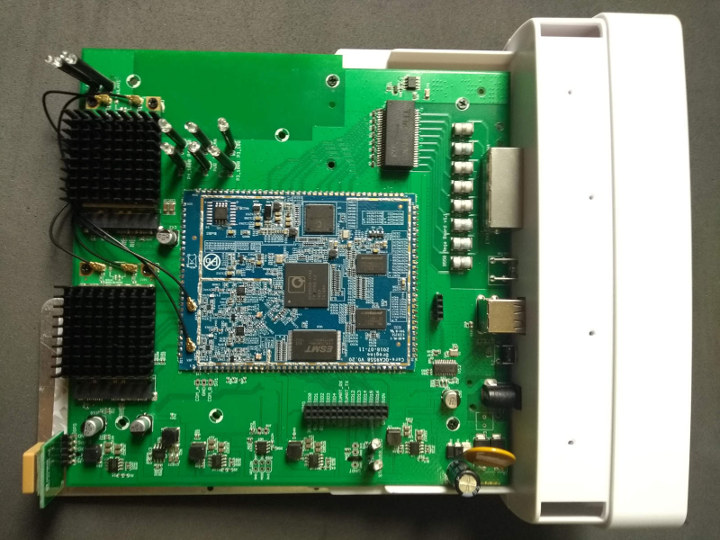Battlemesh (aka the Wireless Battle of the Mesh) is an event that aims at bringing together people from across the world to test the performance of different routing protocols for ad-hoc networks. While BattleMesh v12 took place in Paris in July 2019, I’ve just been informed that presentation videos were now out.
There are talks about OpenWrt, mesh networks, and communities, but one talk brought a project I had not looked into details yet. Originated from Argentina, LibreRouter is described as an open-source hardware router designed for community networks that are organized by a group of people such as neighbors in order to share local and other content without a profit motive.

LibreRouter LR1 specifications:
- SoC – Qualcomm Atheros QCA9558 MIPS processor @ 750 MHz
- System Memory – 128 MB DDR RAM
- Storage – 16 MB Flash
- MCU – Microchip ATTiny13 8-bitAVR MCU used as hardware watchdog to handle failed flashes or hardware failures
- Networking
- 2x Gigabit Ethernet ports connected via QCA8337N Gigabit switch
- On-chip 2.4Ghz 802.11bgn MIMO 2×2 Atheros radio
- 2x mPCIe slots to connect WiFi radios or GSM cards
- Optional GPS module
- USB – 2x USB 2.0 ports, 1x USB 2.0 internal connector
- Expansion – GPIO pins
- Debugging – 1x serial console header, JTAG
- Power Supply – POE and POE Passthrough in the 12-36V input range for up to 16W of external power.
The board is comprised of a core board with the Qualcomm SoC, and MEGA board exposing the ports.

The core module appears to be made by Dragino (Core QCA9558 model), and is almost certainly not open-source hardware [update: the Gerber files and PDF schematics are available, see comments], but the MEGA board was designed MEGA board themselves with the hardware design files (EAGLE) available on Github, where you’ll also find repositories for LibreRouterOs operating system based on OpenWrt and LibreMesh, as well as a dashboard for LibreMesh networks among others.
The developers explain the standard LibreRouter setup will come with two mPCIe power-amplified 5 GHz 802.11an MIMO 2×2 Atheros radio based on the AR9582 chip because three radios perform much better for mesh networks. The project has been in the making for several years, and has been successfully tested around the world, but it should soon become available since it passed ENACOM certification in Argentina last September.
More details may also be found on the project website.
Thanks to Zoobab for the tip.

Jean-Luc started CNX Software in 2010 as a part-time endeavor, before quitting his job as a software engineering manager, and starting to write daily news, and reviews full time later in 2011.
Support CNX Software! Donate via cryptocurrencies, become a Patron on Patreon, or purchase goods on Amazon or Aliexpress




